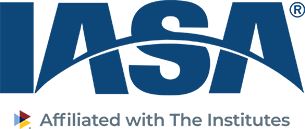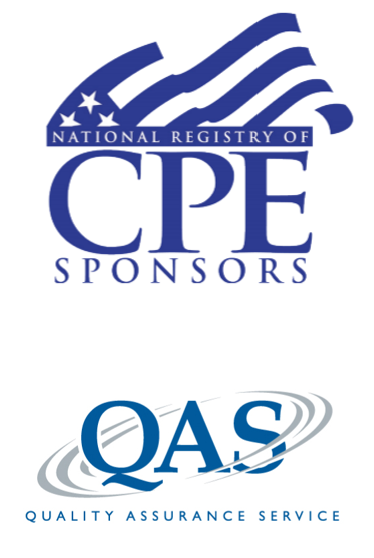Discover how insurers apply key accounting concepts to make strategic financial decisions.
In this course, we will explore statutory accounting principles, compare SAP to GAAP, and learn the components of the NAIC annual statement. You’ll develop the skills necessary to properly examine a property-casualty insurer’s Annual Statement and NAIC Annual Statement, and explain how the financial strength is evaluated. Together, we will evaluate sample portfolios, break down capital requirements, and learn to maximize insurer investment income.
Course Features:
- Interactive modules and videos from experienced practitioners in the field
- On-demand access 24/7
- Modules you can complete in as little as 25 minutes, complete full course in 5 hours
- Virtual, 25-question final assessment with a 45-minute time limit and unlimited retakes included in your course purchase
- Upon successful completion, earn a digital badge to display in your email signature and social media profiles to showcase your expertise.
- Earn 5 CPE credits


